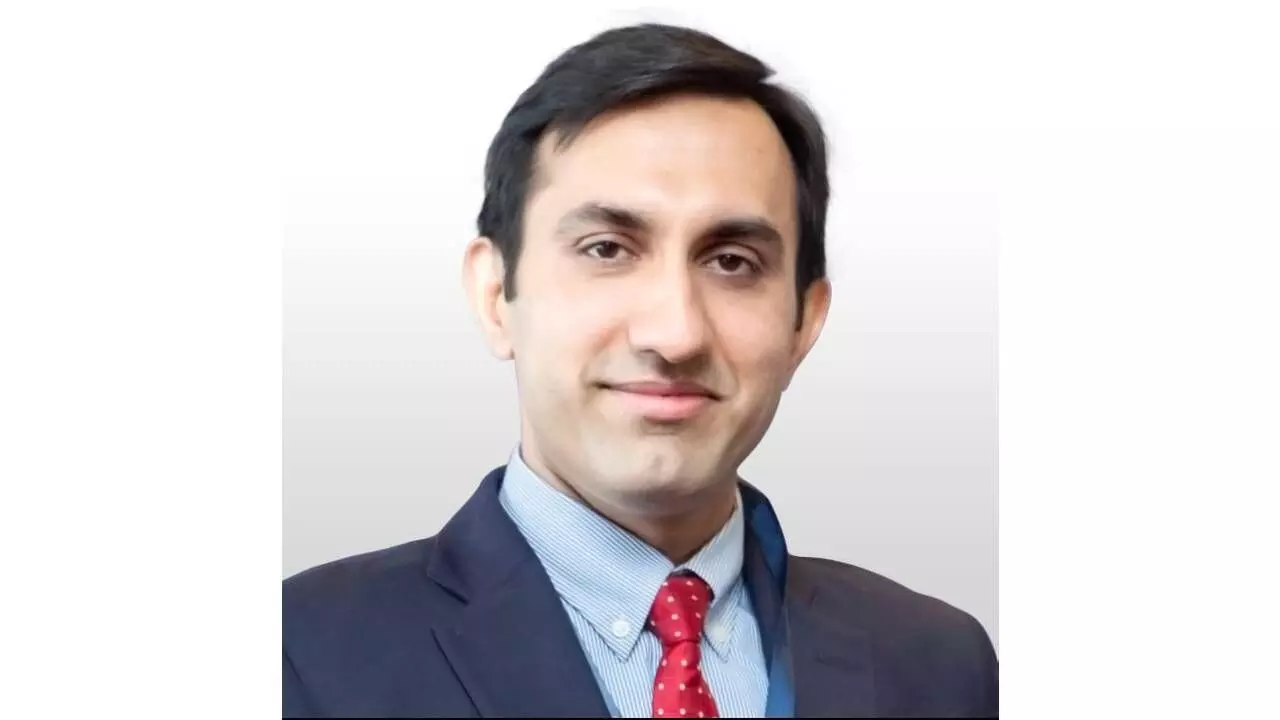In India’s First Case of TAVR Surgery on Lung-Transplant Patient: 72-Year-Old Woman Gets New Lease on Life
A 72 -year-old female had undergone a lung transplant surgery for her severe lung disease 5 years ago. Recently she developed shortness of breath on minimal exertion
image for illustrative purpose

Mumbai, Aug 03: A 72 -year-old female had undergone a lung transplant surgery for her severe lung disease 5 years ago. Recently she developed shortness of breath on minimal exertion. She was evaluated by her transplant pulmonologist and was found to have severe aortic stenosis. Severe aortic stenosis refers to the narrowing of the aortic valve. Aortic valve is the main valve of the heart and controls the flow of the blood into the body. Due to aortic stenosis heart pumps with greater force which leads to increase in the pressure in the heart. This increase in pressure is reflected to the lungs. In this particular patient, this puts the transplanted lungs at risk of deterioration.
There is no medicine for severe aortic stenosis. The only treatment is valve replacement. But, because of her lung transplant status she could not undergo open heart surgery, neither elective nor emergency. She was referred to Dr Ravinder Singh Rao, Interventional Structural Cardiologist and TAVR specialist. CT angiography was done to plan the procedure. It gives details about the size of the valve required, the size of the artery through which the valve will be replaced and also risk assessment of the procedure.
Lung transplant patient is precious and a high risk patient. Lung transplant was done by Dr Sandeep Attawar and his team, successfully in the past, achieving this rare feat. Her transplant pulmonologist, Dr Unmil Shah was taking care of the patient post lung transplant.
The TAVR procedure was successfully performed in the catheterization laboratory under conscious sedation by Dr Ravinder Singh Rao and team at Breach Candy Hospital, Mumbai. The femoral access was obtained under ultrasound guidance. A small catheter was inserted in the femoral (groin) blood vessel. It was advanced to the heart. The new valve was positioned correctly and deployed inside the old valve. The new valve started functioning immediately. Immediately, the pressure inside the heart chambers returned to normal and hence pressure inside the lungs also normalised. There was no TAVR related complications like pacemaker, stroke or leakage. There was no cut involved. A small endoscopic suture was placed inside the artery and the entry point sealed by closing the suture.
The patient met her relatives immediately post procedure and was then shifted to the cardiac care unit (CCU) for observation. Her recovery was uneventful and the patient could sleep peacefully in a supine (flat) position without feeling breathless. Next day she walked the hallway of the hospital, with no breathlessness.
This is a rare case since the life expectancy of lung transplant patients is shorter than with other organ transplants. In this case the TAVR procedure was performed 5 years post lung transplantation. The research has shown that the outcome in such treatment is directly dependent on the operator experience. Dr Sandeep Attawar has the highest experience of lung transplant across the country, which lead to the successful long term outcomes of lung transplant. Dr Ravinder Singh Rao, has highest experience of TAVR procedures in the country with safest outcomes, leading to this remarkable feat and safe TAVR outcome.
Dr Ravinder Singh Rao, Interventional Structural Cardiologist and TAVR expert said, “To our knowledge, this is the first case of successful TAVR in a lung transplant recipient. Lung transplant patients are often high risk for open heart surgery due to immunosuppressive regimen that has to be followed post transplantation. Considering their severely reduced cardiac output, TAVR remains the only feasible option for such patients with severe aortic stenosis especially when open heart surgery has been declined. However, TAVR has to be done safely in such patients as there is no room for error. TAVR is beneficial in these patients as the symptoms are improved significantly and the patient’s quality of life is restored before aortic stenosis becomes a life-threatening condition.”
The patient was discharged two days later in good clinical condition. On discharge, the transthoracic echocardiogram showed a well-functioning aortic valve and normal functioning of the heart. The team consisted of Dr Ravinder Singh Rao (Interventional Structural Cardiologist, TAVR and Mitraclip expert), Dr Nimit Shah (Interventional Cardiologist),Dr Kalpana Shah (Cardiac Anaesthetist), and Dr Kamlesh Jain (Cardiac Surgeon).
She is an example of how medical science can add life to years to patient and patient’s family. Patient’s family plays a very important role in such disease. Constant support from the husband, motivation, active participation in the disease management, understanding the disease and its treatment, was equally important for the treatment to be a success. Patient and patient’s family becomes integral part of the medical team in such complex disease.
About Dr Ravinder Singh Rao:
Dr Ravinder Singh Rao MD, DM, FACC Interventional Structural Cardiologist, Breach Candy hospital and Lilavati Hospital and Research Centre, is trained from Mount Sinai Hospital, New York and Washington University School of Medicine St Louis, USA. Dr Ravinder Singh Rao is also a course director for India Valves, a training platform for other cardiologists. Dr Ravinder Singh Rao has done about more than 1000 TAVR procedures safely and has published articles related to TAVR.

